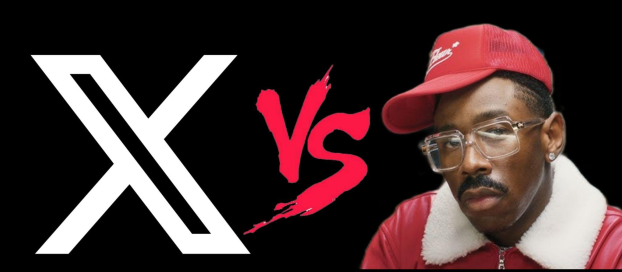Tatiana S. Rafael, Associate Opinions Editor
What is the Morehouse mystique? Is it simply a set of ideas, or does it translate into reality? The more pressing question is: what does the Morehouse mystique look like in 2018 and to whom does it apply?
In an article by “The Washington Post” titled “The Men And Mystique of Morehouse,” Robert Mallett, ‘79, said, “Morehouse is two-thirds invisible. Morehouse is as much a set of ideas as anything else.” But a set of ideas for whom?
For over a century Morehouse College has found pride in being the only historically black, four-year college for men in the country. The irony is Morehouse, in its 150-year history, has graduated 33 women, non-black male students, and several gender-queer students and trans women as well. The point is Morehouse has not been an “all-male” nor “all-black school” for quite some time, yet, continues to promote itself as such even in 2018.
“Over the heads of her students, Morehouse holds a crown that she challenges them to grow tall enough to wear.” This is a quote from Dr. Howard Thurman who was a Morehouse alum from the class of 1923, and from this quote we begin to understand one of the primary objectives of the Morehouse mystique: growth. A 1997 documentary, “The Morehouse Mystique” elaborates on this concept. In the documentary another notable Morehouse alum Robert Davidson Jr.—the CEO of a paint manufacturing company called Surface Protections Industries, Inc.—suggested the Morehouse mystique is about striving with others through tough times and coming out on the other side with stronger bonds.
Overall, the mystique has long been depicted as this force that creates refined, poised, intellectual Morehouse Men; however, former President Barack Obama suggested in his 2013 speech at Morehouse that the mystique is about much more. Obama suggested that Morehouse mustn’t be content with yielding clever men, but that matriculating through Mother Morehouse is about being sensitive to your experiences as an outsider and using those experiences to engage with other marginalized groups empathetically and in a way that surpasses barriers.
What then does the Morehouse mystique look like in 2018? In the aforementioned “The Men And Mystique of Morehouse” article, Jerry Washington—a former non-graduated student of Morehouse—when describing the mystique said, “It is adapting that mystique to what you want.” It is from this quote that we arrive at the true purpose and function of the Morehouse mystique: adaptation. All those who claim Mother Morehouse must be able to morph and adapt to the times in which we live to remain relevant and effective.
In 2018 the mystique looks like blending tradition with unconventionality. It looks more multiracial and multi-ethnic students. It looks like more trans women graduates. Those, like myself, who seek to expound the portrayal of the mystique are not against the mission of Morehouse, we are for expanding its mission to become more inclusive, diverse and ultimately more impactful.















